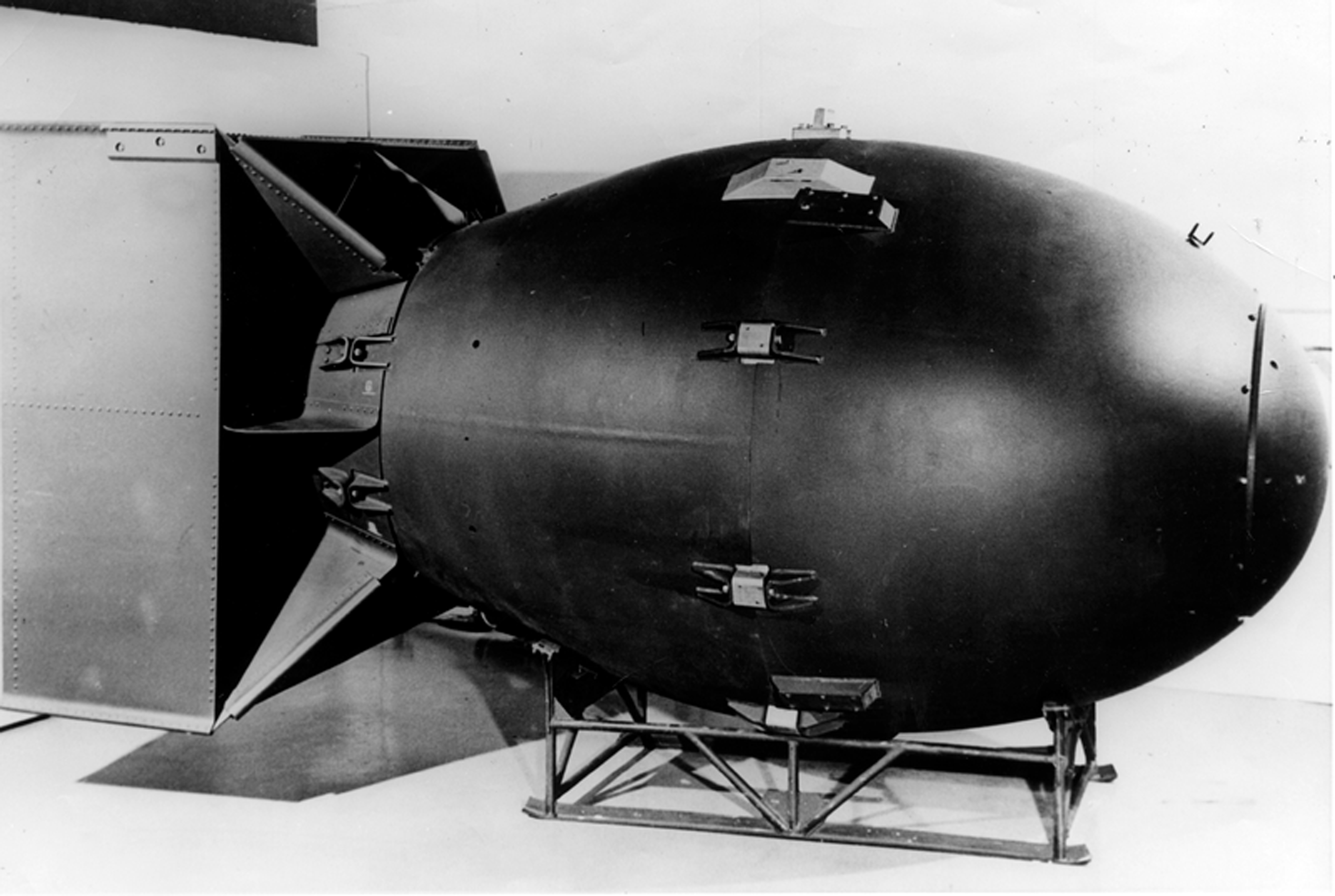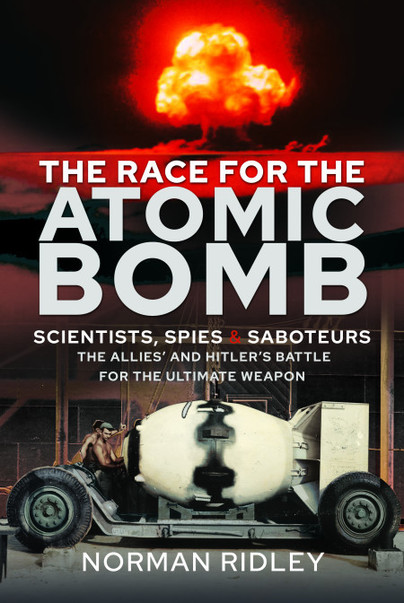Author Guest Post: Norman Ridley
Releasing the energy of the atom
‘Now I am become Death, the destroyer of worlds’
the Bhagavad-Gita
Sixty million years ago, an asteroid between ten and fifteen kilometres wide struck the Yucatan Peninsula in what is now Central America at a speed of around thirty kilometres per second and caused an explosion the consequences of which destroyed most of life on earth. The devastation wrought by the collision had resulted from a combination of the mass [amount of matter in the asteroid], which instantly vapourised in the collision, and its kinetic energy [energy of motion] that was released as it came to an abrupt halt gouging out a crater 150 kilometres wide. It was this sudden catastrophic release of energy which caused the explosion that hurled billions of tons of debris from the crater into the atmosphere darkening the skies for many years afterwards and raising the temperature of the planet. This was but a tiny manifestation of the way that energy was bound up in the universe and how it could be transformed from one kind to another with stunning effect.
During the late Tang Dynasty in China around the ninth century, scientists made the first discoveries of a different kind of energy transformation. They succeeded in releasing the energy that was tied up in the bonds that held chemical compounds together. Of course, chemical bonds are made and broken all the time in nature which is most obvious in the way that food is digested to power the human body but these are relatively slow processes and take place in a non-violent way. What the Chinese scientists had discovered was that certain chemical bonds could be broken instantaneously which resulted in a sudden release of energy. They experimented by mixing and heating certain materials which they found to ‘fly and dance’ and, if they went on to confine them while heating a pressure would build up extremely rapidly causing the retaining vessel to explode. What happened was that the chemical bonds holding the original materials together were broken down, as the materials reacted with each other to produce new and different materials and were replaced by weaker bonds that bound the new materials. The difference in the total bond energies of the original materials and the total bond energies of the new materials was released in the form of kinetic energy which caused the explosion. Whilst the Chinese discovery completely transformed warfare it had no direct impact on the everyday life of non-belligerents. This would come about several centuries later during the Industrial Revolution.
For around sixty million years at the end of the Carboniferous Period (359-229 million years ago) the power of sunlight was captured along with vast quantities of carbon dioxide to generate great forests that covered much of what is now the northern hemisphere. As the vegetation in these forests grew and regenerated over this enormous time span the plant debris accumulated, was deposited on the forest floor and slowly compressed as more and more built up above it. The result of this was the carboniferous coal seams that were later exploited to drive the Industrial Revolution. To watch a piece of coal burn and feel the heat from it is to experience the energy of the sun, that had been trapped inside it for over three hundred million years, released from its bondage. Along with that came the release of the carbon dioxide sucked in from prehistoric atmospheres to burst free again with all the existential threat that imposes now. Oil deposits had a different origin, but the story is very much the same for them also. Although the impact of coal and oil was different to that of dynamite, the power of its material transformations was still of a chemical nature. The burning of coal and oil is nothing more than the breaking down of chemical bonds in complex hydrocarbon compounds by the application of heat into simpler ones such as carbon dioxide and water. Soon, however, an energy source would be discovered that heralded a new dimension to industrialisation, but it would also bring in with it the dark spectre of a destructive force that had the potential, at a stroke, to destroy all life on earth much as the Yucatan asteroid had almost done.

Albert Einstein showed that almost boundless energy was trapped inside the very heart of matter, the atoms themselves that were the building blocks of all compounds in the universe. This was energy that had been there not for millions of years but from the very beginning of time. It was energy that had been captured and locked up in atomic nuclei that were forged in the heart of massive stars at intense temperatures and pressures and, in the case of the heavier elements, in supernova explosions which are the most violent events in the whole universe. Only in these explosions where conditions are even more extreme than those in the centre of giant stars are the atoms of such as uranium, the heaviest naturally occurring element, created. The extreme energies of those events would become transformed into the very matter of atoms as they were created and would go on to remain fixed there under normal conditions. Einstein gave the mathematical proof showing the relationship between the mass of an atom and the equivalent amount of energy bound up in that mass but, as a theoretical physicist, he gave little consideration to the practical applications of his results. While the chemical energy in coal and oil was the entrapment by plants of sunlight reaching the earth across space, this newly discovered atomic energy at the heart of matter had harnessed the fundamental power of the universe that been manifest in the raging furnaces of stars and the cataclysmic violence of exploding in supernovae. The fission of 1 kilogram of uranium-235, for example, produces about 2.5 million times as much energy as is produced by burning 1 kilogram of coal. The very forces that had created the building blocks of life itself now threatened to break free of their shackles with the potential to finish the job that the Yucatan asteroid had only narrowly failed to do. When scientists twenty years after Einstein’s discovery began to unlock this power by physically splitting atomic nuclei the new Atomic Age was born.

…………………………………………………..

Order your copy here.

